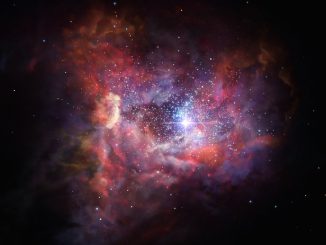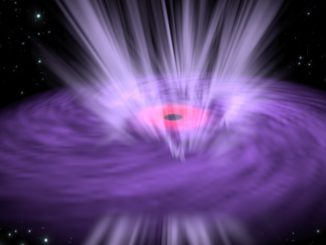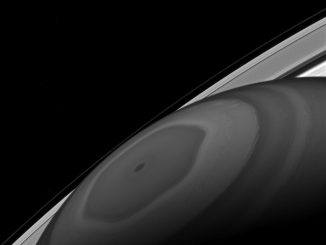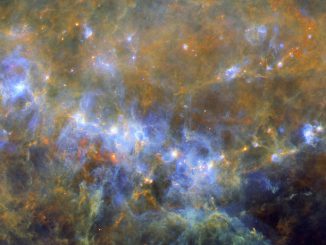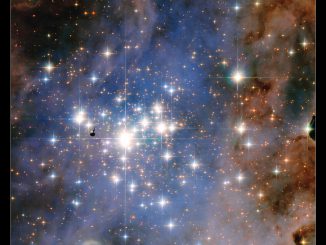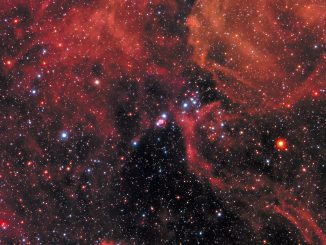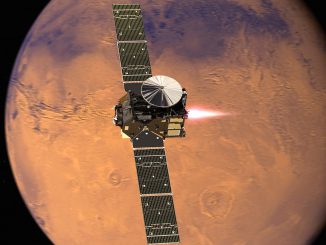
Europe’s ExoMars spacecraft begins lowering its orbit
The ExoMars Trace Gas Orbiter, a Russian-launched, European-built spacecraft that arrived at Mars in October, is starting to dip into the upper reaches of the red planet’s atmosphere in a year-long “aerobraking” campaign place the observatory in the right position to hunt for methane, an indicator of potential biological activity.




